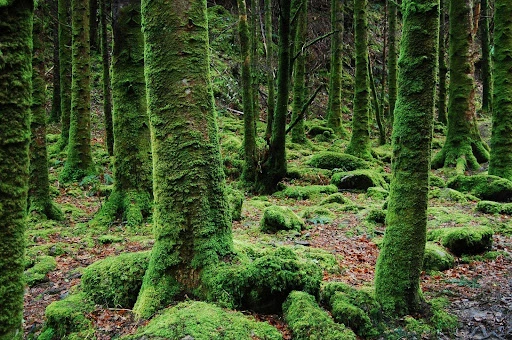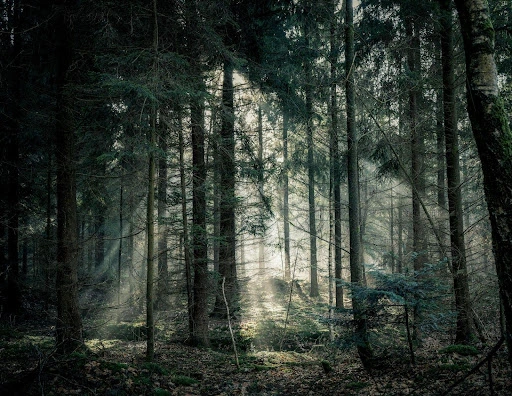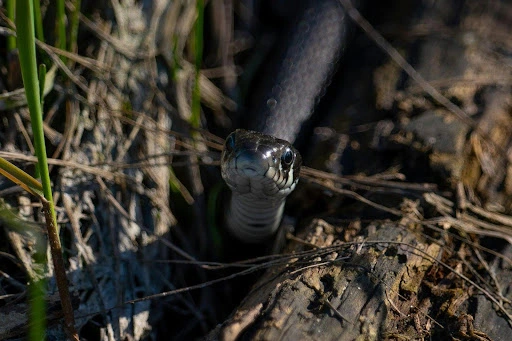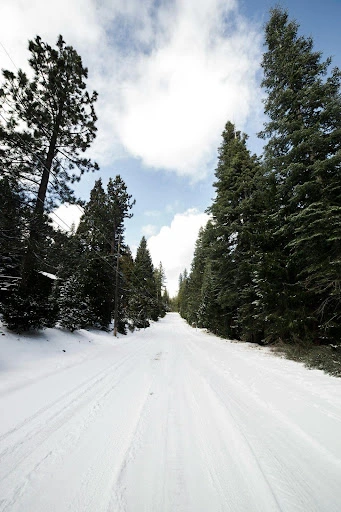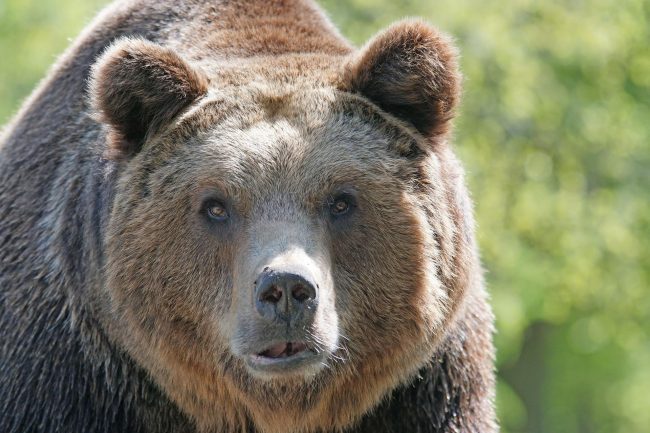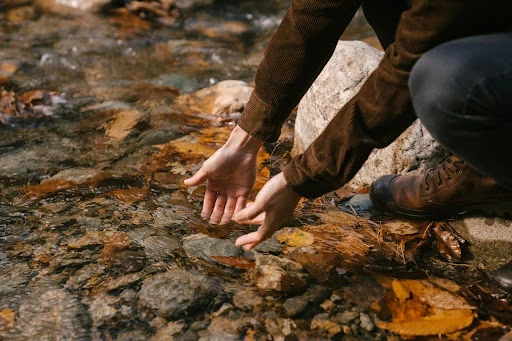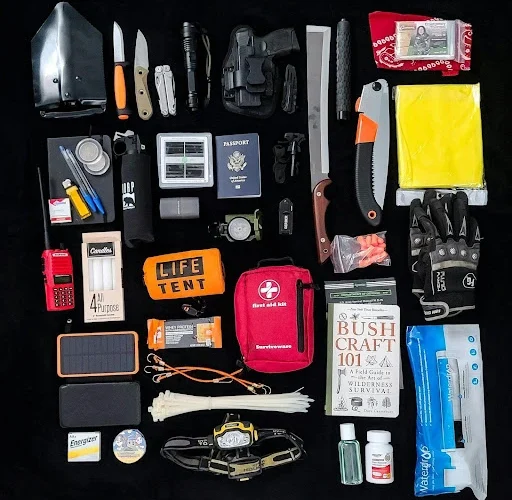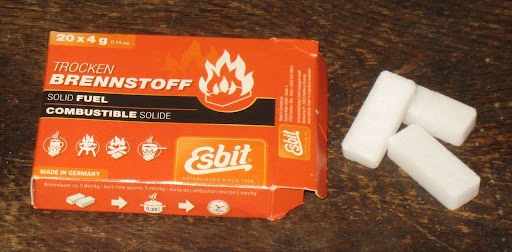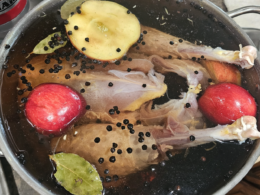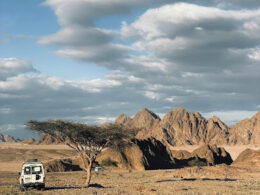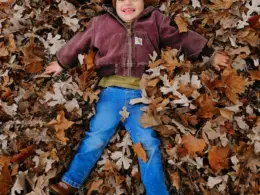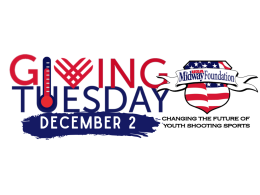Camping calls to millions every year, a ticket to unplug and get wild. The crackle of a fire, the sprawl of stars-it’s magic. But old myths cling like damp socks to these adventures. You’ve heard them: moss points north, or sucking snakebite venom saves lives. These tales, born from campfire stories or Hollywood flair, can lead you astray-sometimes badly so. In 2023 alone, over 80 million Americans camped, and countless mishaps tied to bad advice could’ve been avoided. Let’s bust eight common camping myths, get the facts from experts, and give you tips to make your next trip safer and sweeter.
Table of Contents
Myth 1: Moss Only Grows on the North Side of Trees
Lost in the woods? Just check the moss, right-it grows on the north side of trees. While it’s a classic navigation tip, it’s a myth. Moss likes shade and moisture, not direction. Slopes, wind or tree cover can make moss grow anywhere, even all around tree trunks. Relying on this can get you lost, especially in unfamiliar areas or the southern hemisphere. A 2019 wilderness guide debunked this myth, saying compasses outperform nature’s quirks. Instead, pack a reliable compass or GPS app and practice basic orienteering beforehand. Trust your tools, not assumptions about greenery.
Myth 2: Sucking Venom from a Snakebite Works
Imagine a snake strikes and you remember the old advice to cut the bite and suck out the venom. Though it sounds brave, it’s wrong. Cutting spreads the venom faster and can cause infection. Sucking does little to remove the poison and damages tissue. Medical experts, as shown in a 2020 first-aid study, recommend staying calm, keeping the limb still and below heart level, and getting to the hospital for anti-venom. Prevention is key: wear boots in snake country, watch your step and be aware of local species. Preparedness not drama leads to better outcomes.
Myth 3: You Lose 40-45% of Body Heat Through Your Head
Many have heard this one: wear a hat or freeze. The common claim is that the head loses nearly half your body heat, but this came from 1950s military tests where volunteers wore insulated suits-without hats. Modern science has shown heat escapes evenly from any exposed area. If you’re bundled up, your head accounts for about 10% of your heat loss, according to a 2018 physiology review. Layer base, fleece and shell on torso, legs and arms and use a hood in wind. Stay warm but beware of overheating and sweating which can lead to chilling.
Myth 4: Eating Snow is a Good Way to Hydrate
Stranded in a snowy wilderness? Snow looks like a hydration jackpot. But eating it raw is a trap. Your body burns precious energy melting it, lowering your core temperature and risking hypothermia. A 2021 survival guide warns snow can also hide contaminants. Melt it first-use a stove or tuck a bottle against your skin. Purify if you can. Pack a lightweight stove or insulated bottle for winter trips. Plan hydration like you plan meals; it’s not just thirst you’re fighting in the cold.
Myth 5: Biodegradable Soap is Safe for Waterways
That eco-friendly soap seems perfect for a streamside scrub. It’s biodegradable so it’s harmless, right? Even “green” soaps can change the pH of the water or add nutrients that trigger algae blooms that harm fish and plants. Wash 200 feet from any water source and bury soapy runoff or pack it out. Often plain water from a quick dip does the job for quick cleans. To make it easy for yourself, follow the Leave No Trace principles. Your campsite should vanish when you do.
Myth 6: GPS Makes Maps and Compasses Obsolete
A GPS device feels like a navigation superpower. Strong signal, a clear path, that is until the battery dies, a canyon blocks the signal or rain fries the tech.. Learn to read a topographic map and use a compass. Carry waterproof paper maps as backups. Offline GPS apps help but practice without power. Tech is a tool not a crutch. Master the basics and you’ll never be truly lost
Myth 7: Playing Dead Works for All Bear Encounters
A bear charges and instinct screams: play dead! It can work for grizzlies who attack defensively and may leave if you seem harmless. But black bears? Playing dead invites more trouble-fight back with whatever you have. Bear spray, noise while hiking and proper food storage reduce risks. Know your bears; apps or guides help with ID. Respect their space and they’re less likely to ruin your trip.
Myth 8: Clear, Flowing Streams are Safe to Drink
A sparkling stream looks like nature’s gift. Surely it’s clean? Don’t bet on it. Invisible pathogens like Giardia carried by wildlife or upstream sources can wreck your gut days later. Boil it, use a filter or add purification tablets. UV pens are another option. For short hikes pack enough water from home. Clear doesn’t mean safe. Protect your stomach and you’ll keep the adventure alive.
Final Thoughts
Myths linger because they sound clever or feel intuitive. But as we’ve seen they crumble under scrutiny. Knowing the truth, whether it’s navigating by compass or treating water, turns risks into challenges you can handle. Before your next trip research your trail, pack smart (compass, filter, bear spray) and tell someone your plans. The wild rewards preparation with moments you’ll never forget: a quiet dawn, a sky full of stars. Ditch the myths. Embrace the facts. Your next adventure awaits.

